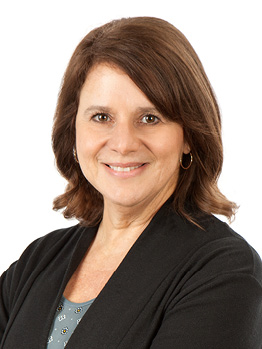

www.bmf.cpa
Enhanced Benefits of Section 179D for Energy Efficient Buildings

The deduction under Section 179D has long served as an incentive for energy efficiency in commercial and certain residential buildings. Originally established in 2006, recent updates under the Inflation Reduction Act of 2022 have significantly expanded its scope and potential benefits, particularly as they start to apply in 2023. As we mentioned in our article from August 2022, the government’s focus would turn to implementing regulations and guidance on this new Act.
Background
Prior to 2023, this deduction was available to building owners or designers of government buildings. However, the recent expansion now allows designers of buildings owned by tax-exempt organizations, such as governments, schools, hospitals, churches or charities, to qualify for the deduction. Since this deduction is not needed by the tax-exempt organization, it can be claimed by architects, engineers, design builders or a combination thereof. These entities would get the deduction without having to decrease the basis of any asset, so designers need to evaluate their customer lists to see if this deduction may apply.
The maximum potential deduction has also seen a substantial increase, rising from $1.80 per square foot to $5.65 per square foot, provided prevailing wage and apprenticeship standards are met. Additionally, the energy reduction threshold has been halved from 50% to 25%, making it easier for buildings, including retrofits, to qualify. The deduction calculation incorporates a sliding scale based on meeting prevailing wage requirements – and those that do not meet them – and exceeding the minimum 25% energy reduction threshold.
Eligible improvements encompass various areas such as the building envelope, HVAC systems, lighting and hot water heaters. Additionally, the measurement of energy reduction must be certified and signed by a contractor or professional engineer licensed in the state where the building is situated. Despite the certification costs, the additional tax savings opportunities available under Section 179D may make the certification process worthwhile.
The enhanced benefits of Section 179D present a significant opportunity for architects, engineers and design builders to not only promote energy efficiency but also to reap substantial tax deductions, ultimately contributing to a more sustainably built environment. If you have questions on how this deduction could impact current, pending or potential transactions and investments, please contact your BMF Advisor.
Marie E. Lenarduzzi?>
CPA
About the Authors
Subscribe
Stay up-to-date with the latest news and information delivered to your inbox.
